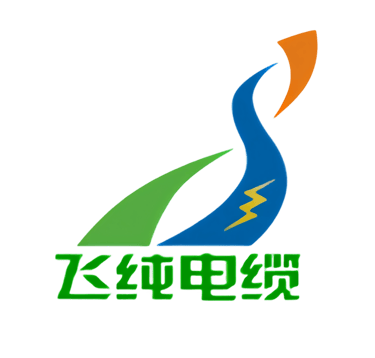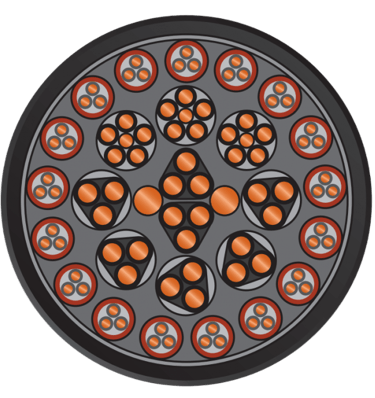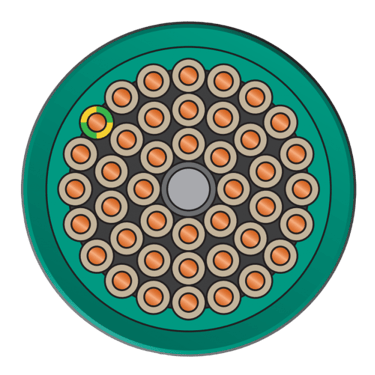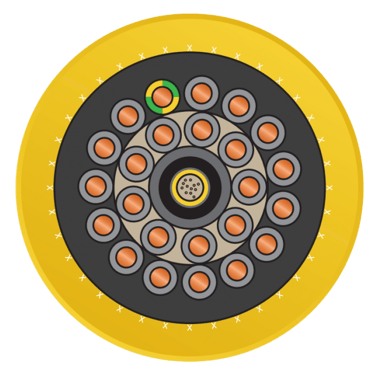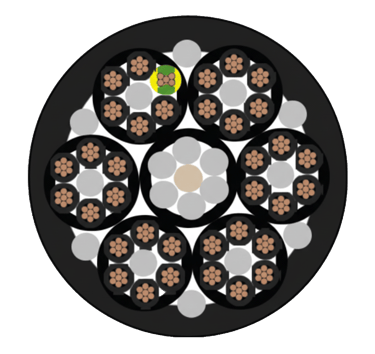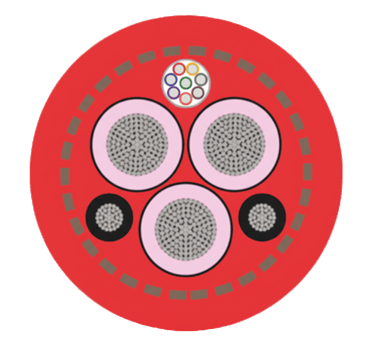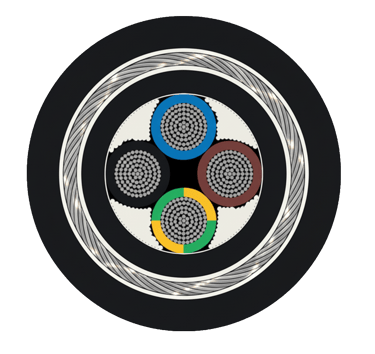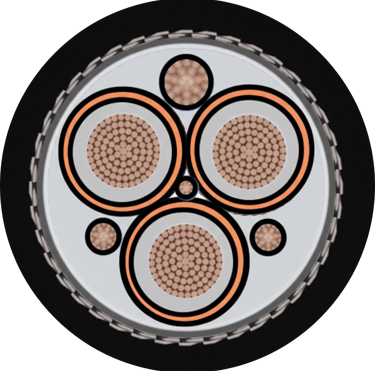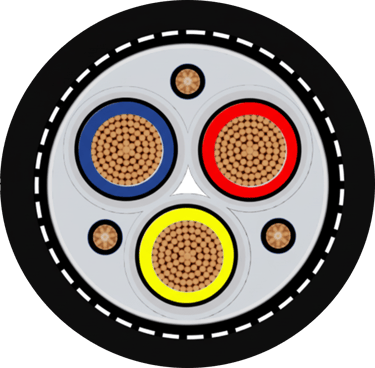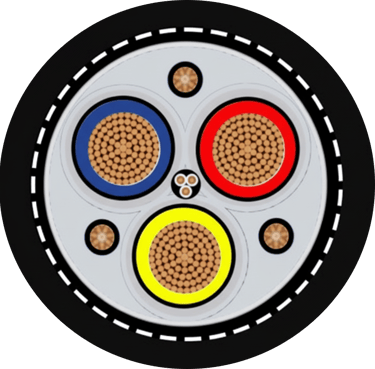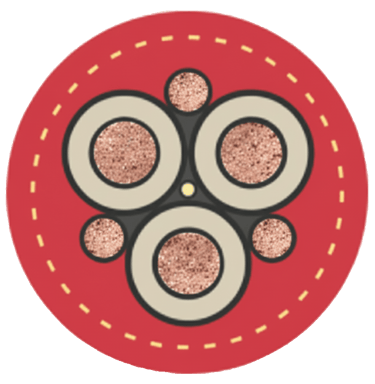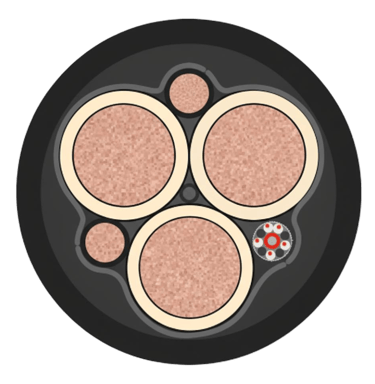📞+86 153 7530 2641 📧 hongjing.Wang@feichuncables.com
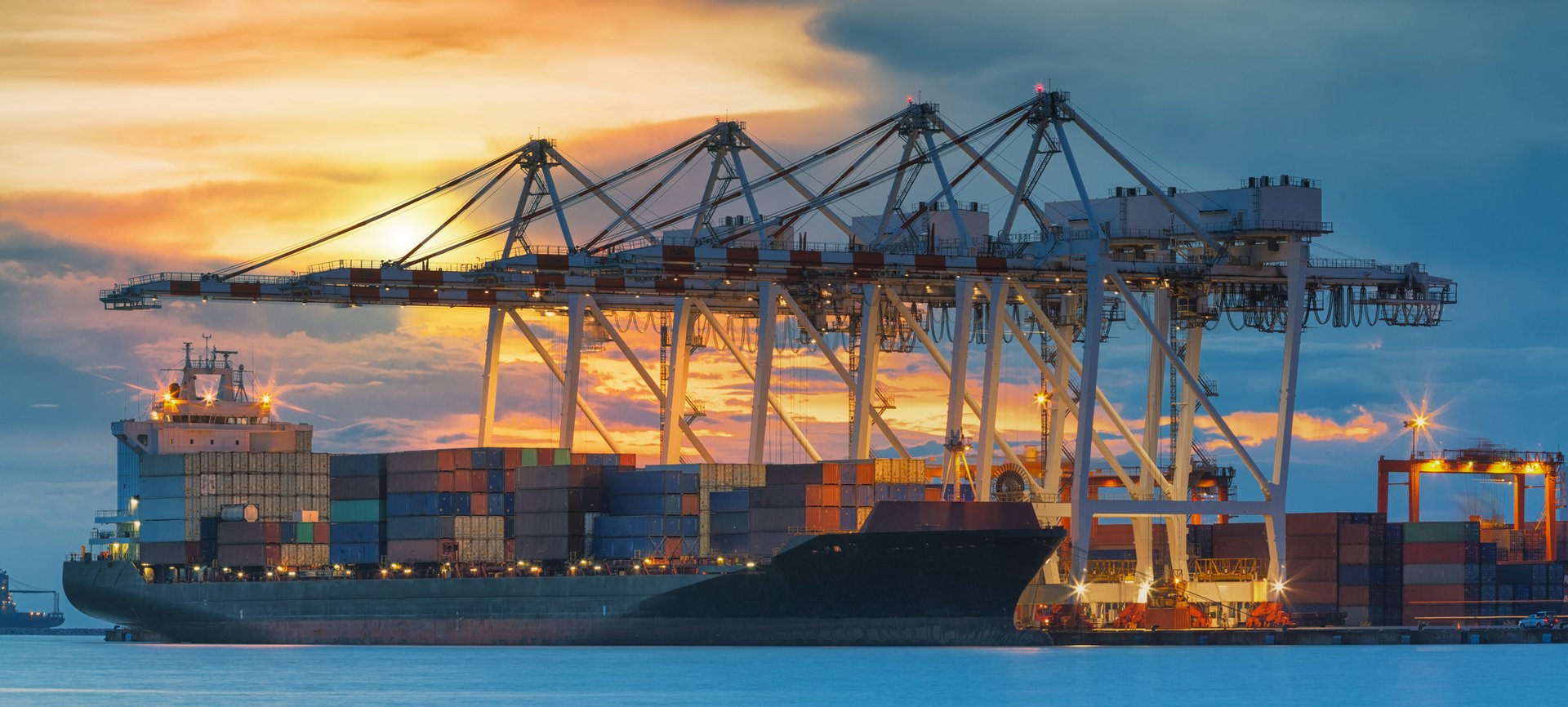
Feichun Crane Power Cable
Crane Cable Types for Port Handling Systems – Reeling and Festoon Cable Solutions
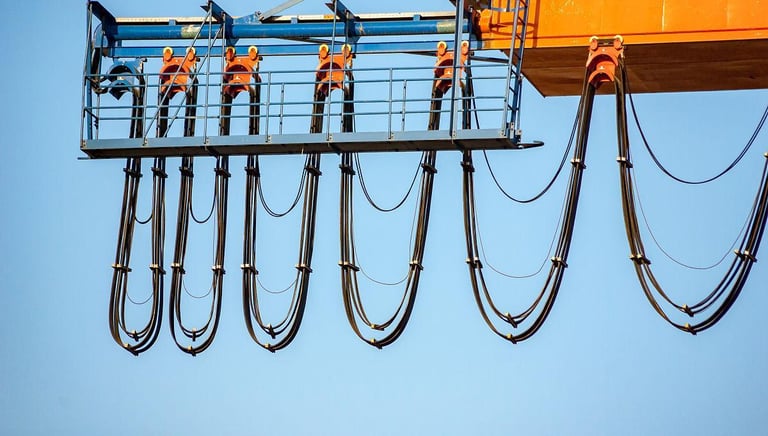

Reeling Cable for Port Cranes – Designed for Dynamic Winding Systems
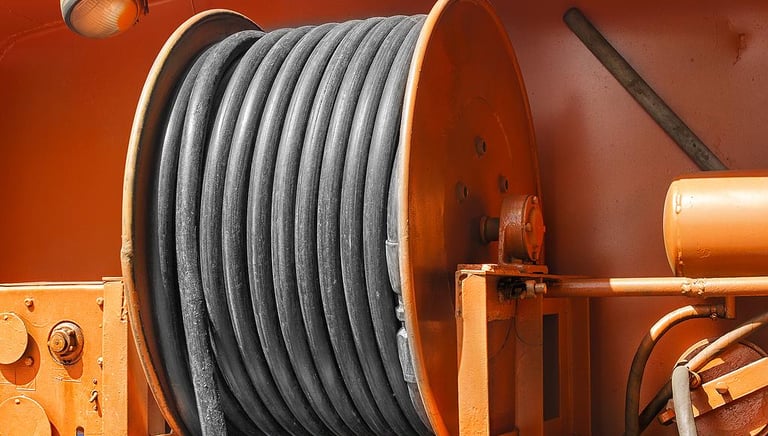

To Simultaneously Handle Intense Torsional (Twisting) and Tensile (Stretching) Stresses, Crucial for The Continuous Reeling and Unreeling Cycles of STS (Ship-to-Shore) Cranes, RMG (Rail-Mounted Gantry) Cranes, and Other Heavy-Duty Lifting Equipment in Ports.
Festoon Cable for Port Cranes – Designed for Overhead Festoon and Track Systems
We Understand the Critical Role Robust and Reliable Cabling Plays in Ensuring the Seamless, Safe, and Efficient Operation of Port Machinery, We Emphasize Durability, Flexibility, and Resistance to the Harsh Elements that Define the Marine Environment.
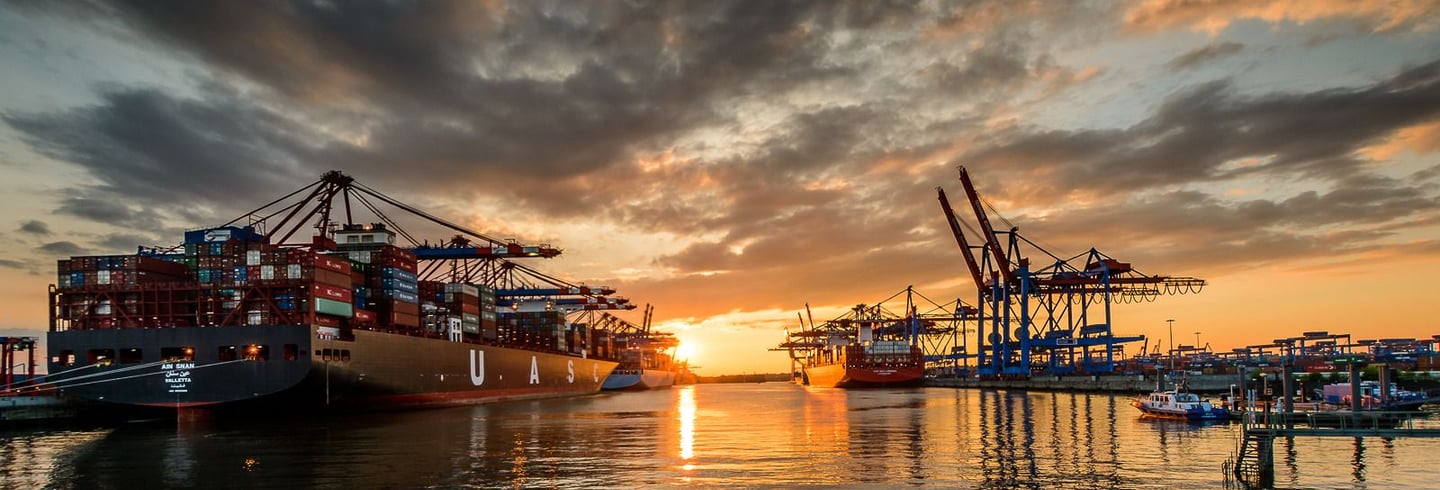

Reeling cables and festoon cables for port cranes play a vital role in modern container terminals. Reeling cables ensure stable power and signal transmission during frequent winding, unwinding, and long-distance movements of quay cranes and yard cranes. Festoon cables, on the other hand, provide flexible and reliable energy and control support for trolley travel and horizontal movements. Together, they guarantee the efficiency, safety, and continuity of container handling operations, forming the essential backbone of port automation and smooth logistics.
Feichun Mining Power Cable
Mining Cable Types for Heavy-Duty Operations – Trailing and Reeling Cable Solutions
Reeling Cable for Mining Machinery – Engineered for Rugged Winding Applications
To Withstand Severe Mechanical Loads Including High Tensile Forces, Abrasion, and Torsional Stresses, Essential for The Continuous Reeling and Unreeling Cycles of Mining Excavators, Drilling Rigs, Shuttle Cars, and Other Mobile Equipment Operating in Harsh Underground and Opencast Mining Environments.
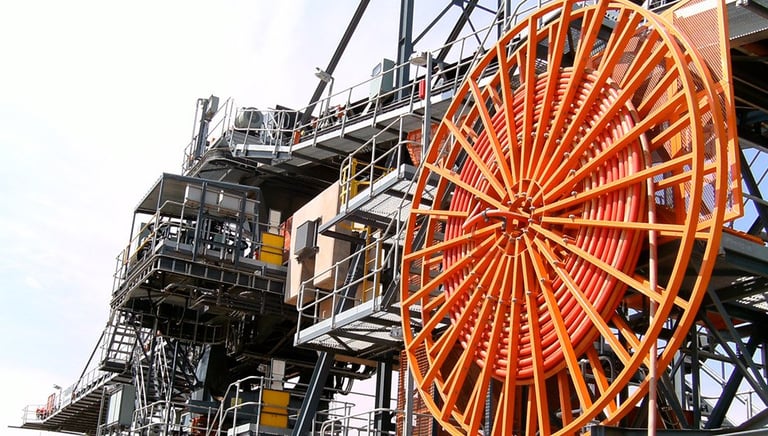

Trailing Cable for Mining Machinery – Built for Extreme Mobility and Durability
To Endure Constant Dragging, Abrasion, and High Tensile Stress While Following the Movement of Mining Shovels, Drills, Crushers, and Continuous Miners, Ensuring Reliable Power and Control Supply in Rugged and Abrasive Surface and Underground Mining Environments.
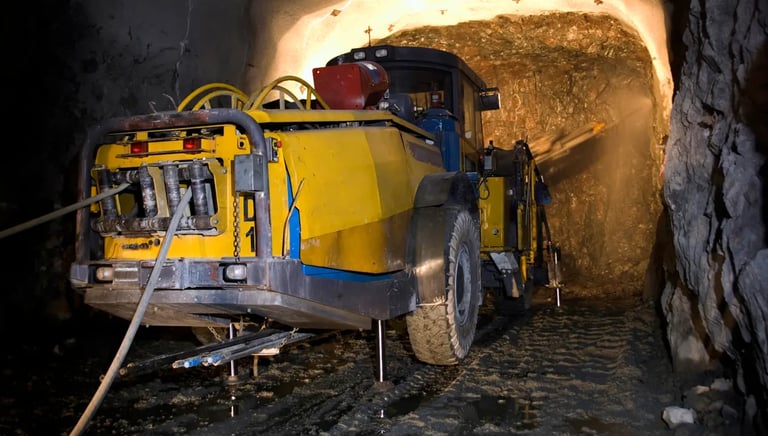



Reeling cables and trailing cables for mining equipment are fundamental to safe and efficient mineral extraction. Reeling cables deliver consistent power and control during repetitive winding, unwinding, and long-range movements of shovels, drills, and conveyors. Trailing cables, in contrast, provide rugged and flexible energy transmission while being dragged behind mobile machinery such as excavators, crushers, and continuous miners. Working together, they ensure the durability, reliability, and uninterrupted performance of mining operations, forming the critical lifeline for both surface and underground applications.
Reliable Crane Cables for Port and Mining Operations
Engineered for the toughest environments, our crane cables deliver unmatched performance for both port and mining applications. Designed to withstand heavy loads, harsh weather, and constant movement, they ensure safe and efficient operation of container cranes, stackers, reclaimers, and mining hoists. With superior flexibility, abrasion resistance, and long service life, our cables keep your operations running smoothly, whether at a busy port terminal or a demanding mining site.
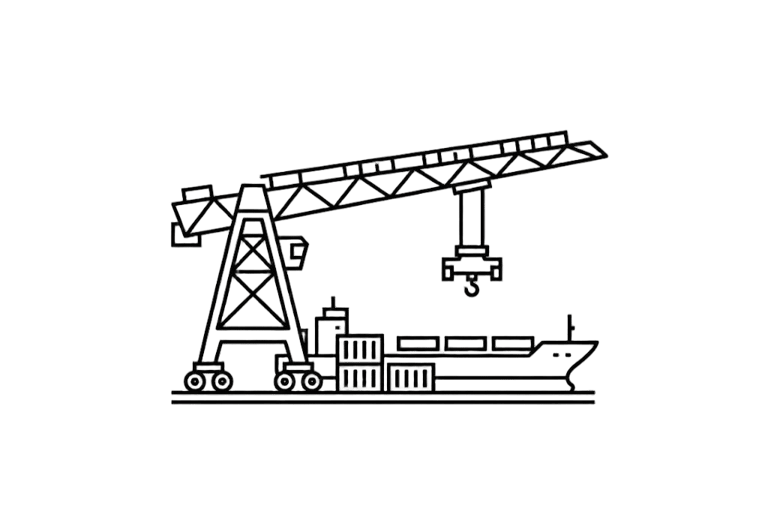

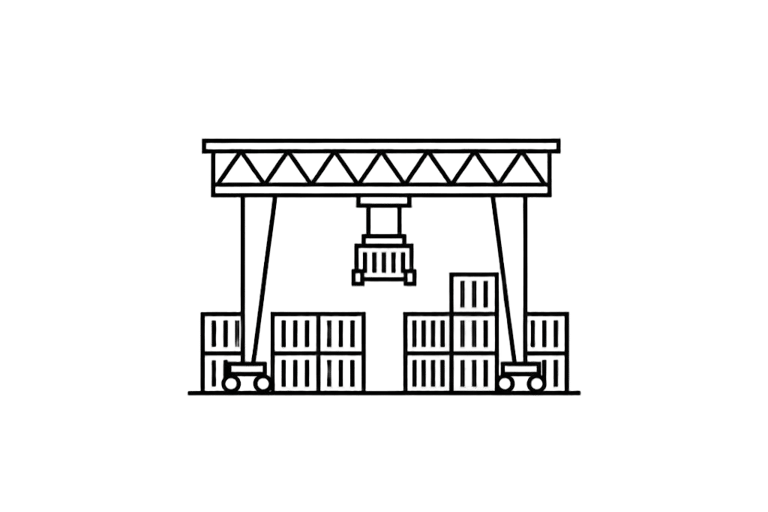

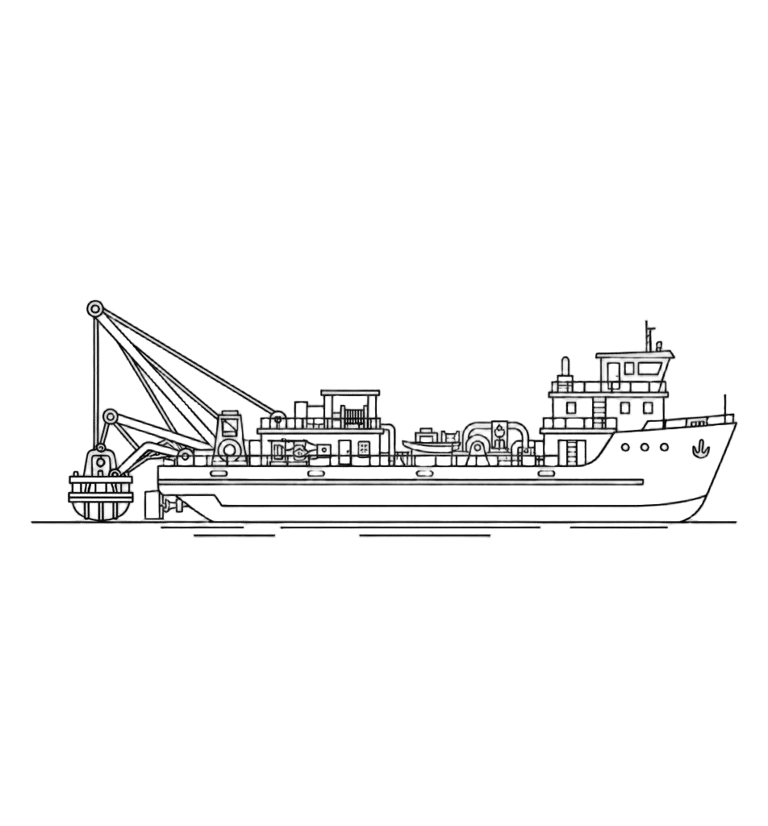

Port crane cables are generally used in the following positions on cranes:
Lifting Gear Cables: These connect to the crane's lifting gear, bearing the load of the lifting gear and cargo. They require high tensile strength and abrasion resistance, commonly used in container bridge crane lifting gear.
Drum Cables: Installed on the crane's drum, these cables are repeatedly wound and unwound as the crane operates. They must withstand tensile force, torsion, and friction, and resist twisting and deformation.
Cable Guide Frames and Cable Troughs: These structural components guide and protect the cables within the crane, ensuring even cable tension, minimizing wear, and maintaining organized and safe cable layout.
Trolley and Gantry Running Components: Includes power supply cables for the crane's main and trolley motors. These cables need to accommodate frequent movement and flexing as the crane operates.
The cables at these locations face different mechanical stresses, so they must have excellent wear resistance, tensile strength, and flexibility. Regular inspection and maintenance are critical for safe, efficient crane operation.
Summary: Port crane cables are primarily used at the lifting gear, drum winding system, cable guide structures, and moving parts of the crane such as the trolley and gantry. They are designed to endure mechanical loads and movement to ensure reliable crane functionality.

Dredger cables on a dredging vessel are typically used in the following positions:
Mooring and Positioning Cables: These winch-powered cables control the vessel's positioning, including swing lines and tail lines that hold and maneuver the dredger precisely at the dredging site.
Dragline and Lifting Cables: Used for operating the dredging equipment such as grab buckets or clamshell grabs, these cables bear heavy loads during excavation.
Discharge Pipe Control Cables: These connect and control the flexible joints and sections of the discharge pipe that transports dredged material away from the vessel.
Cable for Electrical and Power Transmission: These provide power and control signals throughout the vessel and to its dredging machinery.
Cable Lay and Burial Equipment: In some dredgers involved in underwater cable laying, special cables are used for installation and burial of subsea cables.
In summary, dredger cables are installed for mooring and positioning, lifting and digging operations, discharge pipe control, and electrical power and signal transmission on the vessel.
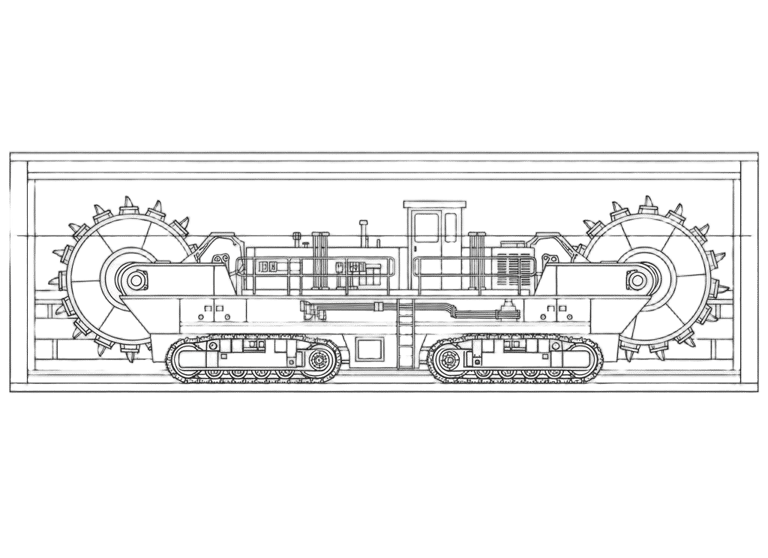

Shearers or coal cutters are primarily used in the following mining scenarios:
Longwall Mining: Shearers are extensively used in fully mechanized longwall mining operations. They cut coal along the face of a coal seam, mounted on an armored face conveyor (AFC). This technology improves productivity by continuously cutting and loading coal as the shearer moves along the working face.
Coal Seam Extraction: They cut slices of coal from the seam, typically cutting thicknesses of up to 1 meter in a continuous process. Different types of shearers (double-ended, single-ended) are used depending on the seam thickness and mining layout.
Coal Face Cutting: Shearers use large cutting drums mounted on articulated arms powered by hydraulic rams to shear coal away from the face. These machines are designed to handle hard rock and complex geological conditions.
Increasing Mining Efficiency: Utilization of dual shearers working simultaneously or in coordination can increase the output efficiency of the mining face by optimizing cutting allocation and equipment matching.
Adaptation to Geological Conditions: Shearers are selected and designed based on rock strength, seam hardness, and mining conditions to maximize cutting performance and reduce wear.
In summary, shearers or coal cutters are key equipment in underground coal mining, especially in longwall mining systems, where they provide efficient, mechanized coal extraction by cutting the coal seam face continuously and handling various geological challenges.


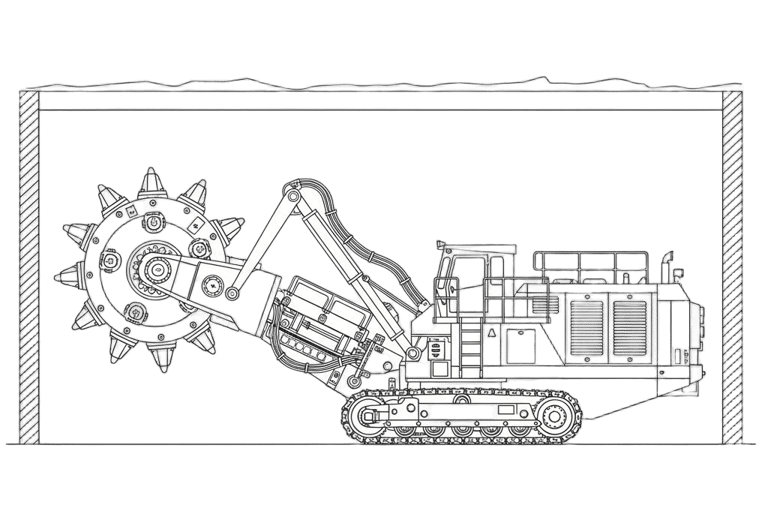

Roadheaders are commonly used in the following scenarios:
Excavation of soft to medium strength rock formations, making them ideal for underground mining and tunneling.
Development and production in soft rock mining, including coal mining, industrial minerals, and evaporite deposits.
Civil construction projects such as excavation of tunnels for railways, roads, sewers, and diversion works, especially in soft ground conditions.
Creation of various tunnel profiles since roadheaders can excavate almost any shape or size of openings.
Enlargement and rehabilitation of existing underground structures.
Main haulage drifts, roadways, and cross-cuts in mining projects.
Situations where high mobility and operational flexibility are needed with relatively low capital costs compared to other mechanical excavators.
Roadheaders are valued for their versatility, ability to operate in confined underground spaces, and suitability for soft to moderately hard rocks. They provide immediate access to tunnel faces, which facilitates installation of ground support and continuous excavation work.


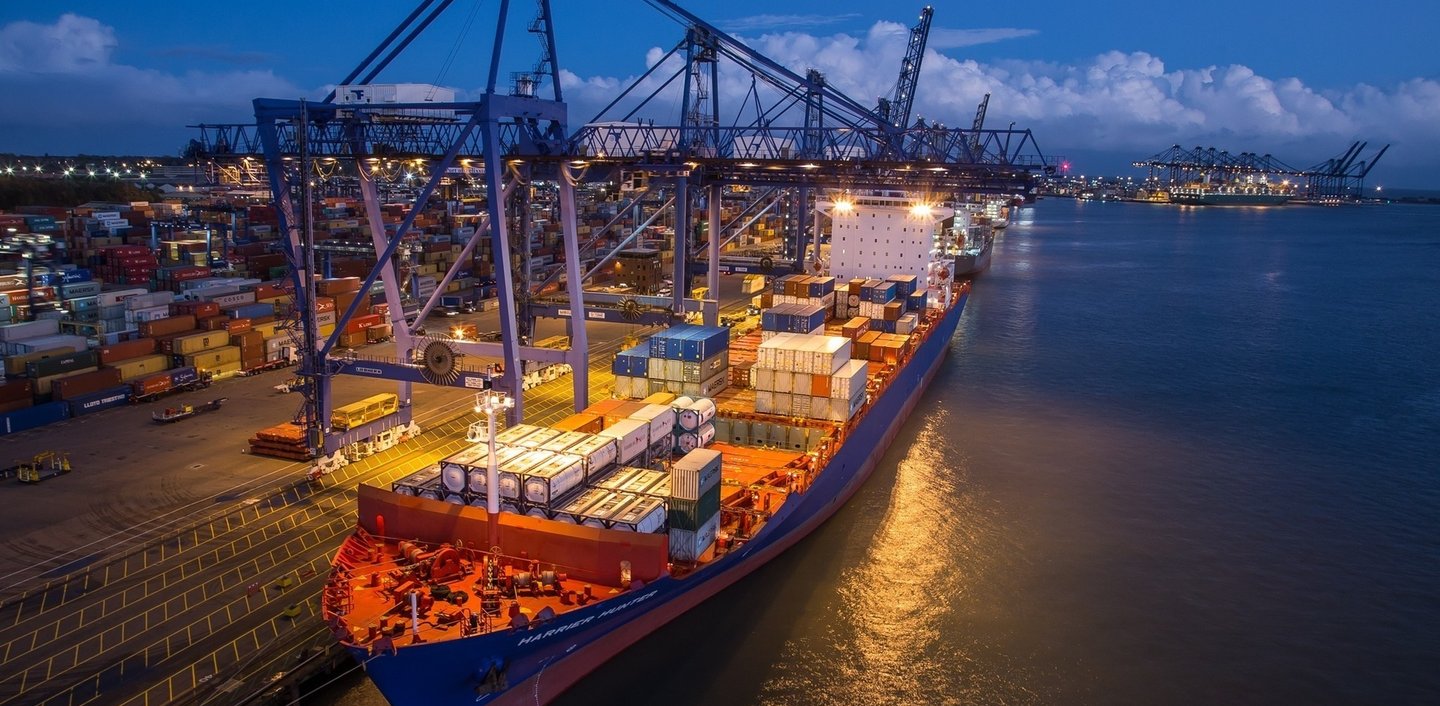

Feichun Cables – Questions & Answers
1. What types of special cables does Feichun supply?
Answer: Feichun Cables specializes in high-performance cables for demanding industries. Our portfolio includes port crane reeling and festoon cables, mining cables for both surface and underground applications, and low to medium voltage power cables. Each product is engineered to meet international standards and withstand extreme mechanical, electrical, and environmental stresses.
2. Why are Feichun’s crane and mining cables trusted worldwide?
Answer: Our cables are designed for safety, durability, and reliability in heavy-duty operations. For port cranes, we provide reeling and festoon cables that ensure continuous power and data transmission during constant motion. For mining, we manufacture robust cables that resist abrasion, oil, chemicals, and extreme bending. With proven projects across Asia, Africa, and the Middle East, Feichun is a trusted partner for global infrastructure and industrial applications.
3. Can Feichun provide customized cable solutions?
Answer: Yes. We understand that every project is unique, especially in port automation and mining operations. Feichun offers tailored cable designs to match your required standards (such as IEC, VDE, AS/NZS, or GOST) and operating conditions. From conductor size and insulation materials to torsion resistance and chemical protection, we deliver cables engineered for your exact application.
How to Reach Us
Get in Touch
SiteMap
Product Catalogue
Reeling Cable
Festoon Cable
Shore Power Cable
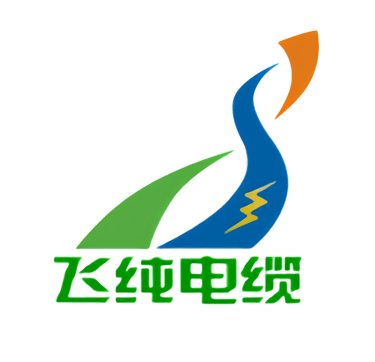



Scan to add us on WeChat
